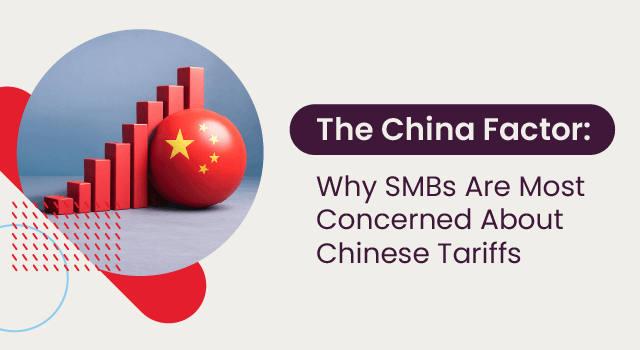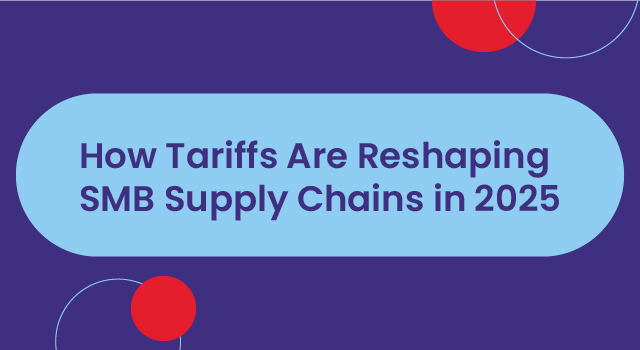How to manage new items effectively in your supply chain.
Almost every business recognizes the importance of introducing new products, and the frequency of product launches tends to increase with shorter product life cycles. In fact, some businesses heavily rely on continuously introducing new products as a core strategy to stay competitive, attract customers, and ensure long-term success. Without a steady stream of new products, these businesses would struggle to maintain relevance in the dynamic market landscape. They might face the risk of being overshadowed by more innovative competitors.
Often, these new products your customers expect you to have in stock will need to be managed quite differently from stock that will only be ordered “on demand” as and when a customer places an order. And there’s no doubt that getting those orders right is very challenging. For example, how much stock should you order for the launch?
Unless the new product is a direct replacement for an existing one, then you’ll not have reliable demand data that can be used for placing that initial purchase order. Unless that “on-demand” product is correctly managed, a sale will likely trigger a replenishment order that will end up as excess stock if not caught in time.
Avoid stocking out or excess stock
The best way to get it right is to start off correctly. New products are generally launched with great expectations and tie up working capital that most companies never seem to have enough of. Surely this deserves a formal business procedure designed for this very purpose?
Classify your stock items: this is the first and for many reasons, the most important step in the process. There are essentially two categories of products to consider; in this example, we are ignoring the management of “insurance items” held by Maintenance & Repair type organizations. They are a special case on their own.
- Stocked items: Is this an item that needs to be carried in stock to meet customer fill rate expectations? If so, it must be classified as “Stocked”
- Non-stocked items: Is it an “on demand” item that will only be purchased when a customer places an order beforehand?
Getting this fundamental decision wrong and not appreciating the implications of the decision could place you at a disadvantage.
Non-stocked items are generally much easier to manage. You only order from the supplier when you have a firm customer order in your hands.
Stocked items:
Ideally, the following must be available when considering launching a new stocked item.
- At least some estimation of the market demand for the item. If it is a totally new market, this is best done by means of research. To invest money into a venture that has little substance behind it is only for the brave with a lot of money and the willingness to risk it
- If the new product replaces an existing one, then actually use the demand patterns of the old product to determine the initial purchase order quantity
- Bear in mind the initial demand patterns may be distorted due to factors such as stocking up your own branches and your customers stocking up. There will then very likely be a drop in demand for a period or two
- If you really do not have reliable demand information, a strategy that limits your risk is to start off with a fixed inventory level model for new items. When demand patterns have stabilized, allow the stock level to be set dynamically
- Establish beforehand what the market will pay for the product
- Who are your competitors and what is their pricing?
- How will you differentiate yourself in the market so you are not competing directly on price?
- If you are sourcing from a new supplier, will they impose minimum order quantities or pack size constraints. What is their cost price, what are the price breaks?
- What is the costing basis? (FOB, CIF etc.)
- What is their lead time? Is this to your warehouse or to your shipping agent?
- What can you do to shorten the lead time?
- Will you have to optimize a container to minimize shipping costs or can you utilize a consolidation facility?
- Will containers be optimized on volume or weight? Do you have these metrics to hand?
- If appropriate, consider the differences between surface shipping and airfreight and take into consideration the impact of the two lead times and the safety stock on the capital tied up in the supply chain for each of these alternatives. The answer may not be what you suspected
- Once you have established a “model stock” level, what will your resultant stock turns be? The higher the turns, the more profit you generate. If the predicted turns are low, you will need a better margin to justify the capital investment.
Capture as much of this information as possible into your inventory management solution and use that to calculate the initial purchase order. A very powerful decision making tool is a sensitivity analysis. Explore the implications of selling say, 30% to 50% more than the forecasts and then explore the impact of selling that percentage less. A key tool in managing this process is the “New product request” document. Design the document to include as much of the above information as possible. This forces anybody requesting a new product to do their research thoroughly.
Of course, the above is the perfect world. In reality, many new products tend to sneak into an inventory manager’s world without due consideration having been applied. Having no sales history, they’ll have zero forecasts and will normally be outside the scope of your “80/20” focus. They will of course pop up as surplus orders or excess inventory. If they do, then deal with them correctly, do not just skip over them. Are they correctly classified, is the forecast correct?
How can you identify these items so that they can be brought under control? Look for a solution in your inventory management solution. Ideally, they must be visible in a “New items” dashboard, or at least a report. Use these tools to identify and manage new items as soon as they appear in the master record.
To wrap up.
One detail that is often neglected is to ensure the new item is linked to the correct supplier. Buyers run their ordering reports by supplier. If a new item is linked to some nebulous supplier for which an ordering report is never run, the first you will hear about the new item is when the Sales Manager complains about “another stock out!”




